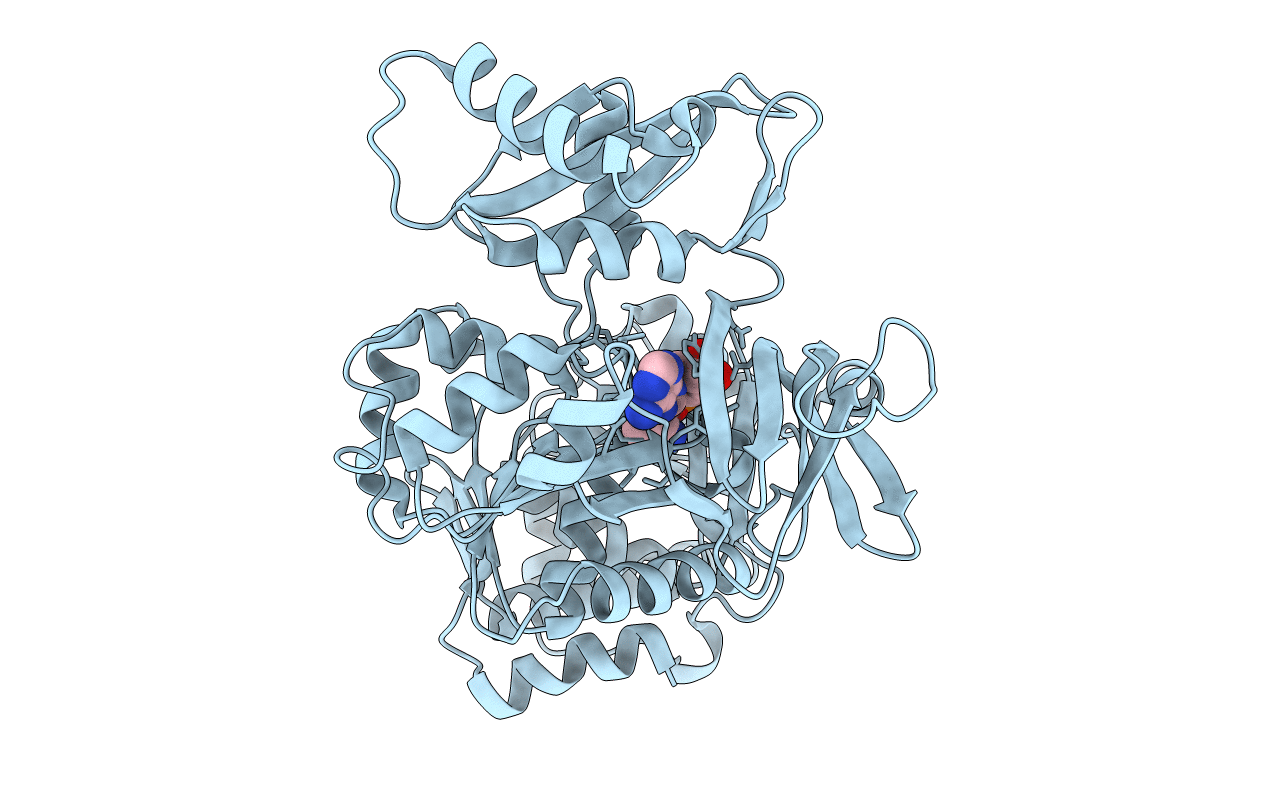
Deposition Date
2008-06-18
Release Date
2008-11-04
Last Version Date
2023-08-30
Entry Detail
PDB ID:
3DHV
Keywords:
Title:
Crystal structure of DltA protein in complex with D-alanine adenylate
Biological Source:
Source Organism:
Bacillus cereus (Taxon ID: 226900)
Host Organism:
Method Details:
Experimental Method:
Resolution:
2.00 Å
R-Value Free:
0.25
R-Value Work:
0.21
R-Value Observed:
0.21
Space Group:
P 1 21 1


